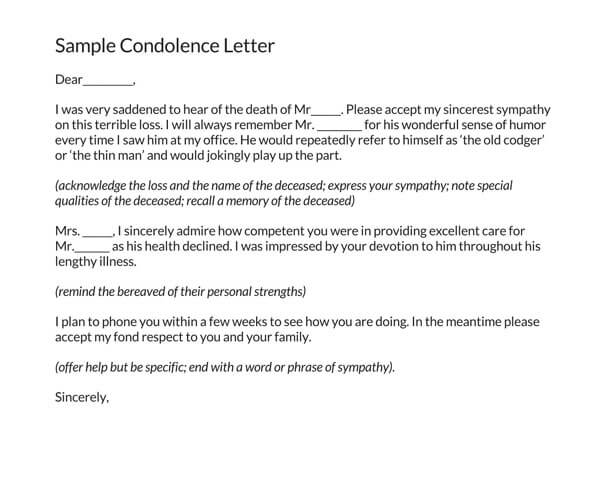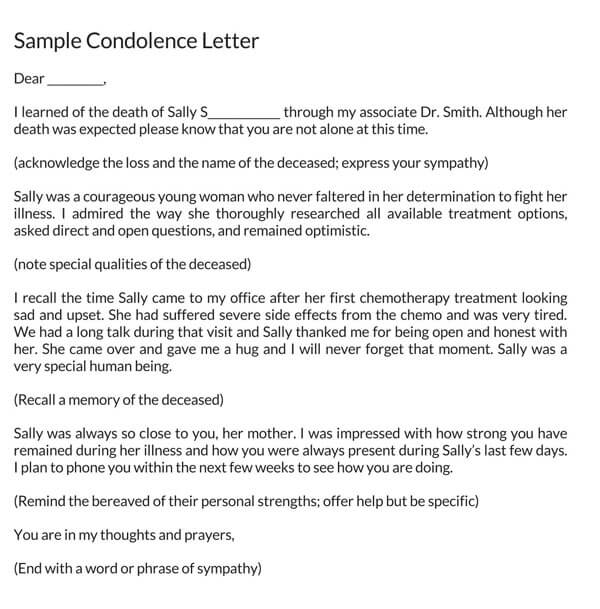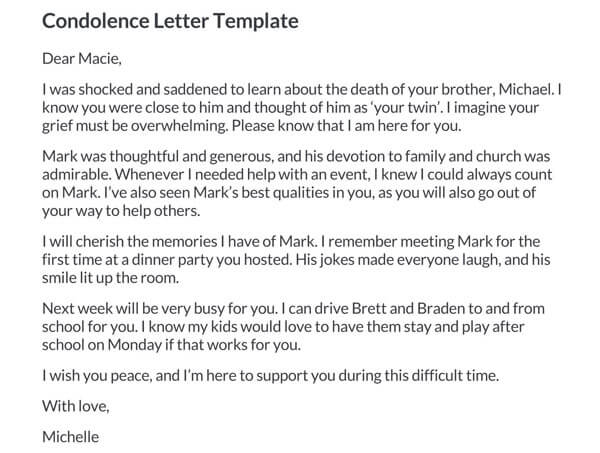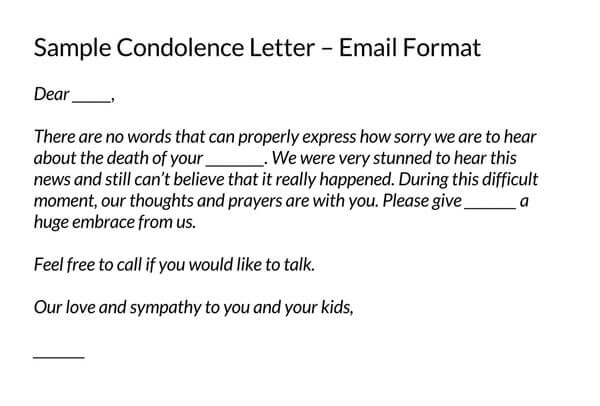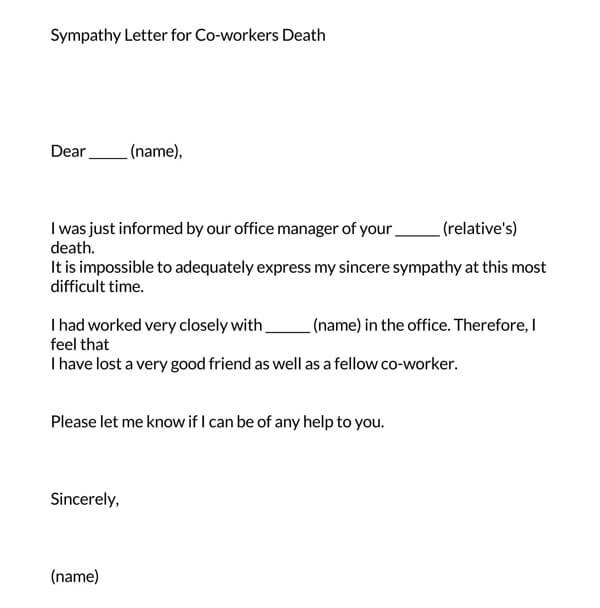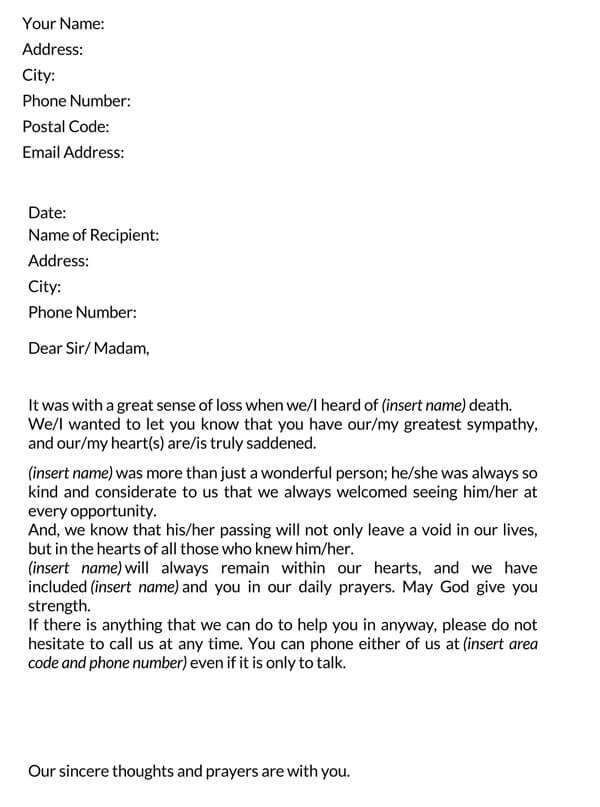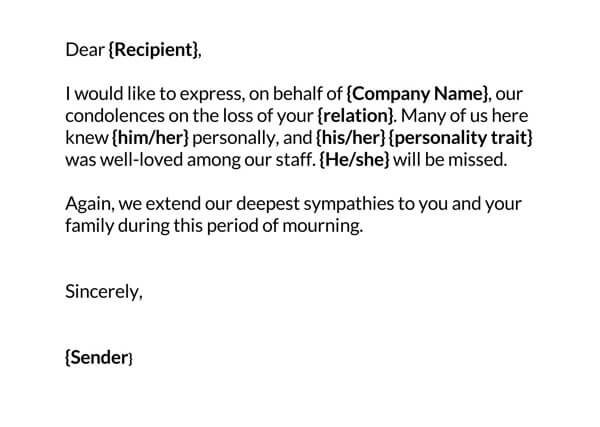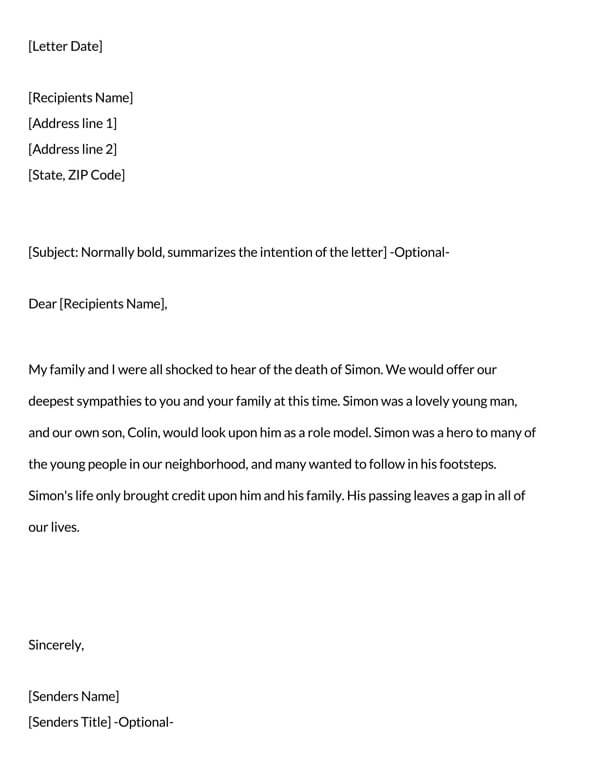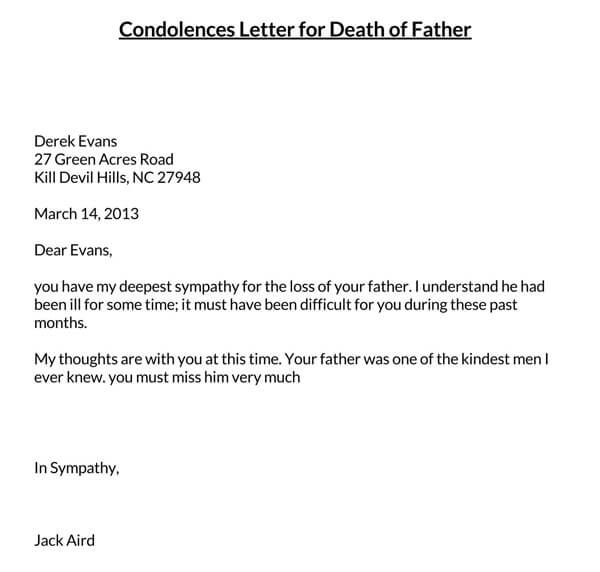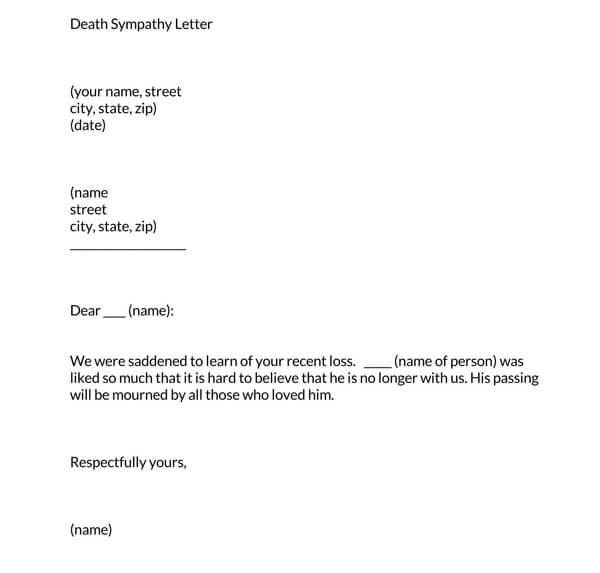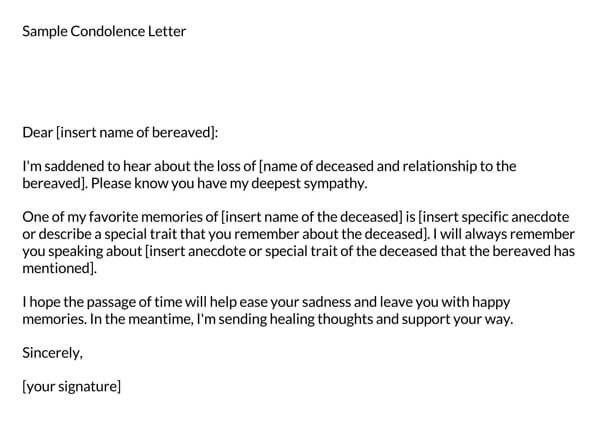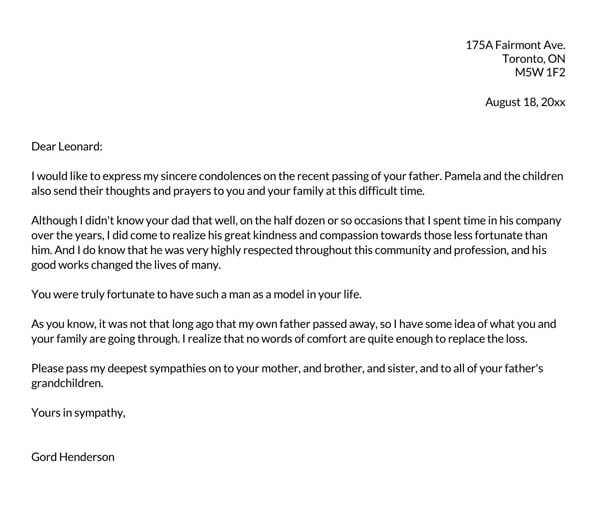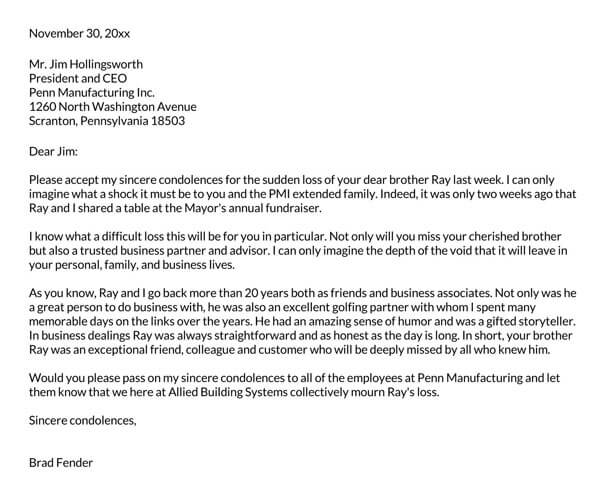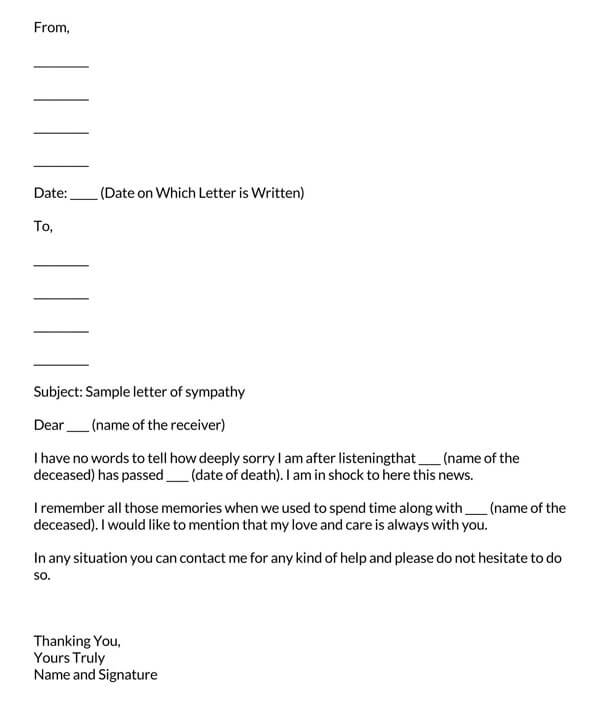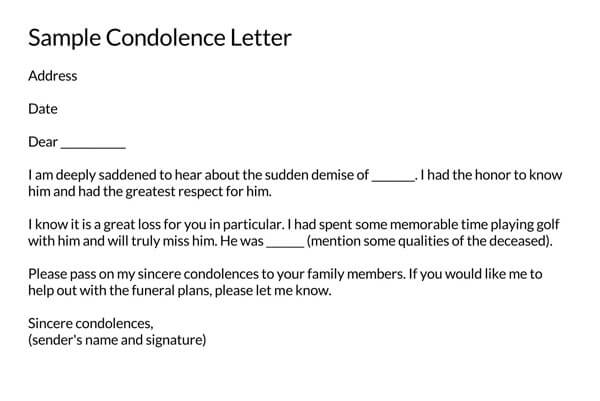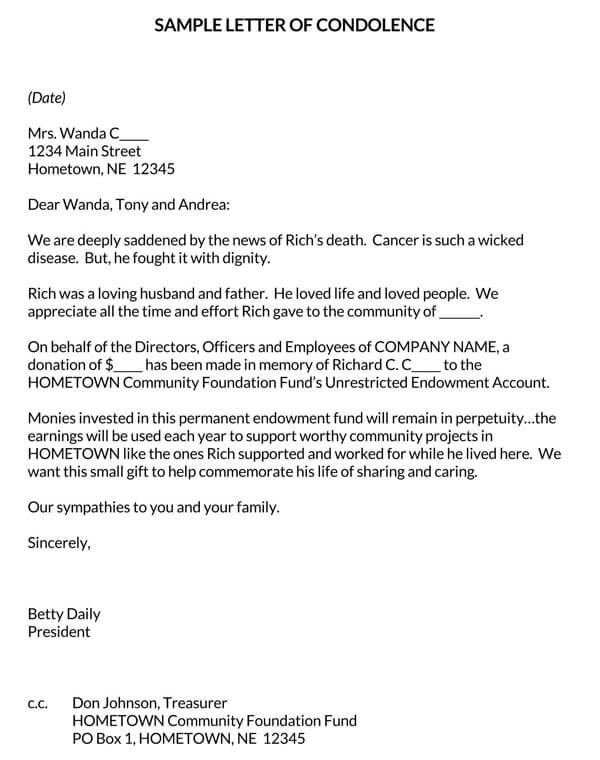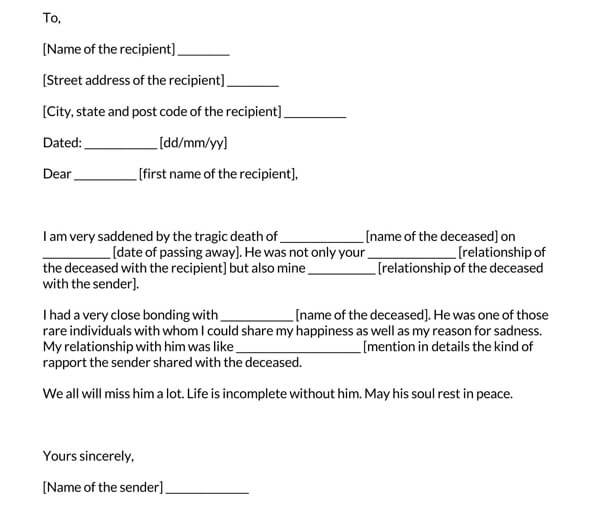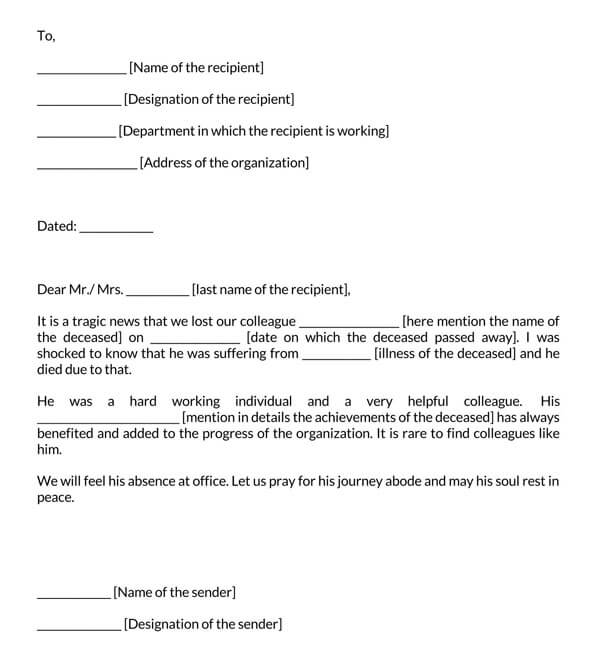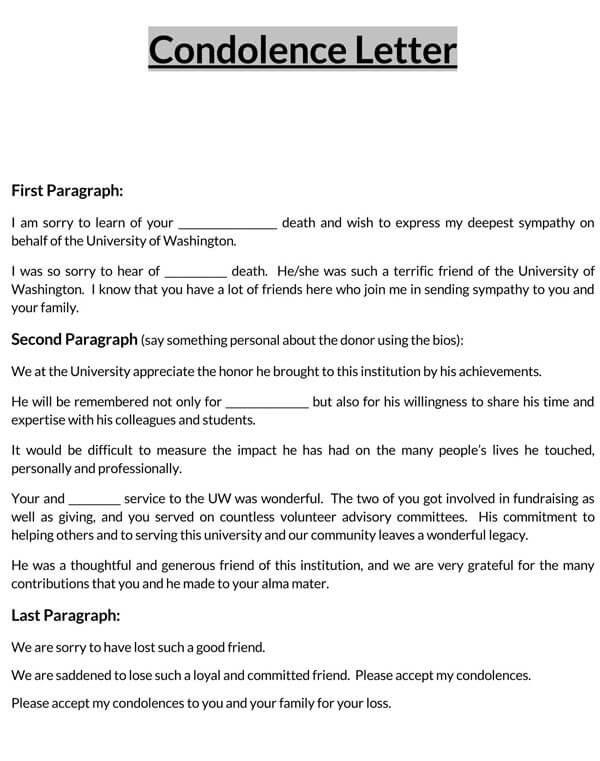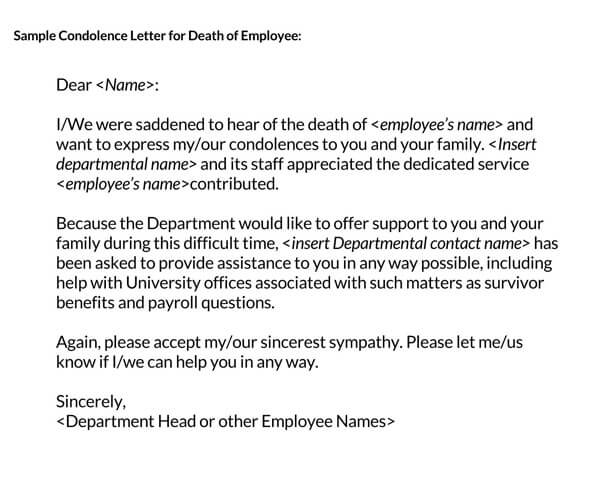When the people we care about lose their loved ones, courtesy demands that we send them a condolence letter. However, it can be hard for most people to find the right words to express themselves when sharing condolence. With the right words, we can show them that we care about them in one of the most challenging times they’ll ever experience. Sending a condolence letter is a simple gesture that means a lot.
Reasons to Write a Condolence Letter
One of the most significant kindness acts that you can do for mourners is to draft them a great letter of condolence. The words of sympathy and memory can be comforting to the bereaved. Most importantly, the mourners will be more appreciative of the fact that you took the time to compose a personal condolence message to them or share a memory of the deceased with them.
A great condolence letter must meet two main objectives: to offer tribute to the deceased and comfort their family. The best condolence letters are like conversations as if you were talking to the bereaved during a visit. In most cases, the letters are written to the bereaved person to whom you feel closest; however, it could still be a general letter to the family.
Here are some of the reasons why you would want to send a condolence letter:
Offering help:
During a time of grief, there are many ways in which one can help the family- you can decide to offer financial support, emotional, or spiritual support. If you are looking to offer any help to the family during this time, make sure to include it and specify the kind of help that you are offering.
Continuing Contact:
If the deceased was your colleague or a distant relative and you would like to continue your relationship with the family, you can mention it in the letter to let them know that despite their loss, you will still love to continue working or visiting them often.
When to draft your letter
It is often recommended to draft and send a condolence letter as soon as you learn about the death of someone you know. You can send your letter within the first two weeks following the loss. However, if you’ve passed the two-week period, it is still ok to draft one.
When to deliver your letter
You can send your letter early enough, especially if you are offering to help with the burial plans. However, you can still send it or deliver it personally if you will be attending the burial service. If you will be attending the burial, simply deliver the letter to the concerned party in person or place it in the collection box.
To give the condolence letter a more personal touch, you should consider handwriting it. By handwriting the letter, you will be showing the bereaved that you took your time to draft the letter and that you indeed cared for the deceased.
How to Write (Word) Your Letter
Acknowledge the loss and name the deceased
This is the main objective of writing a condolence letter. Acknowledging the loss and naming the deceased sets the tone of the letter. Let the bereaved know where and how you learned of the death and how you felt hearing the news. By stating the name of the deceased, you are showing tribute to them, thereby comforting the mourners.
Express your sympathy
Choosing the perfect words to express your sympathy can go a long way. Choose your words carefully and craft your condolence letter. Kind words can help remind the bereaved that they are not alone in their feelings of loss and sadness.
Mention the special qualities of the deceased
What are the things that you loved most about the deceased? What qualities, attributes or ways of the deceased person did you love most about them? Acknowledge these qualities in the letter to help show your connection to the deceased.
Recall a memory about the deceased
What are the memories you have about the deceased? Talk about some of the great memories you shared with the deceased. Mentioning a memory or two about the deceased can help comfort the bereaved.
Remind the bereaved of their personal strengths
During this trying time, it is common for the bereaved family to be in self-doubt and fall into depression. Remind the bereaved of their qualities to help them cope with the situation.
Some of the qualities that you may want to mention may include:
- Patience
- Resilience
- Competence
- Religious belief
- Optimism
Offer to help:
Offer to assist the bereaved in any way that you can. However, don’t just generalize your help, be specific on what you are offering to do. Think of something that you can be able to do mention it in the letter. Don’t mention something that you won’t be able to do.
End the letter with a word or phrase of sympathy:
End your letter with simple phrases of sympathy to help convey your condolences. You can say something like “You are in my thoughts and prayers always” or “may God see you through this time of grief.”
Condolence Letter Sample
Dear Paul,
I was stunned with sadness when I learned of Michael’s passing. I’d like to let you know how much everyone at work will miss him.
Michael was a special friend of mine, and I always enjoyed working with him. His great knowledge of computers and statistics always captivated me. He did accomplish very many things in his life, and I have always admired his passion, resilience and work ethic.
I’ll always hold on to all the great memories I have of Michael. I remember meeting Michael for the first time at work orientation. His jokes made everyone happy, and his presence always lit up the room.
I understand that with the burial arrangements going on, you will be very busy next week. I can take Jane and Jake to school for you and drop them off at soccer practice in the evening. I know my kids would be very happy to have them around and play after school on Friday if that works for you.
I wish you peace; I will always be here for you and your family during this challenging time.
With love,
Courtney
Condolence Letter Templates
Finding the right words to write in your condolence letter can, at times, be hard, especially if the deceased was close to us. With a template, you can be able to find the right words to include in your letter. Download and use our templates today to get started on your condolence letter.
FAQs
Conclusion
Words may never seem enough when consoling a relative, friend or colleague who is grieving. Nevertheless, there are still various ways in which you can communicate your condolences – taking the time to draft and send a thoughtful letter adds a personal touch when you find yourself at a loss of words. If you still find yourself short of words, download our templates and use them as a guide to help you come up with a great condolence letter to the bereaved.
